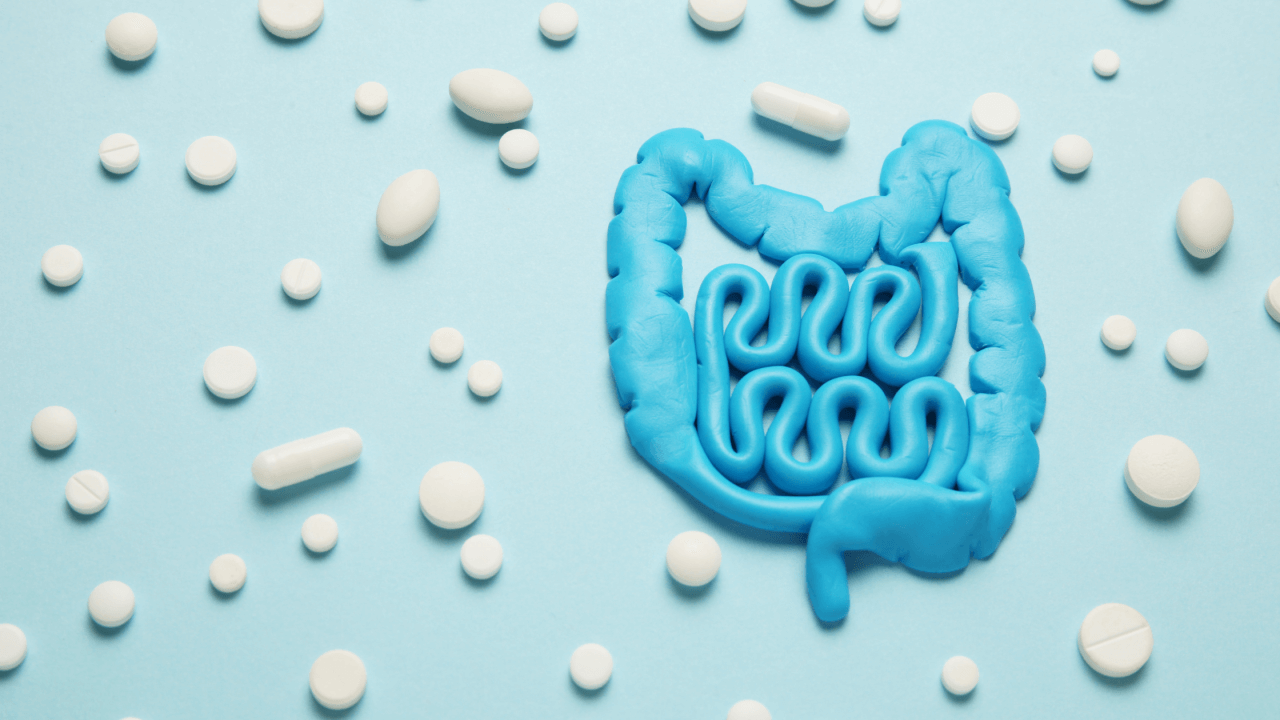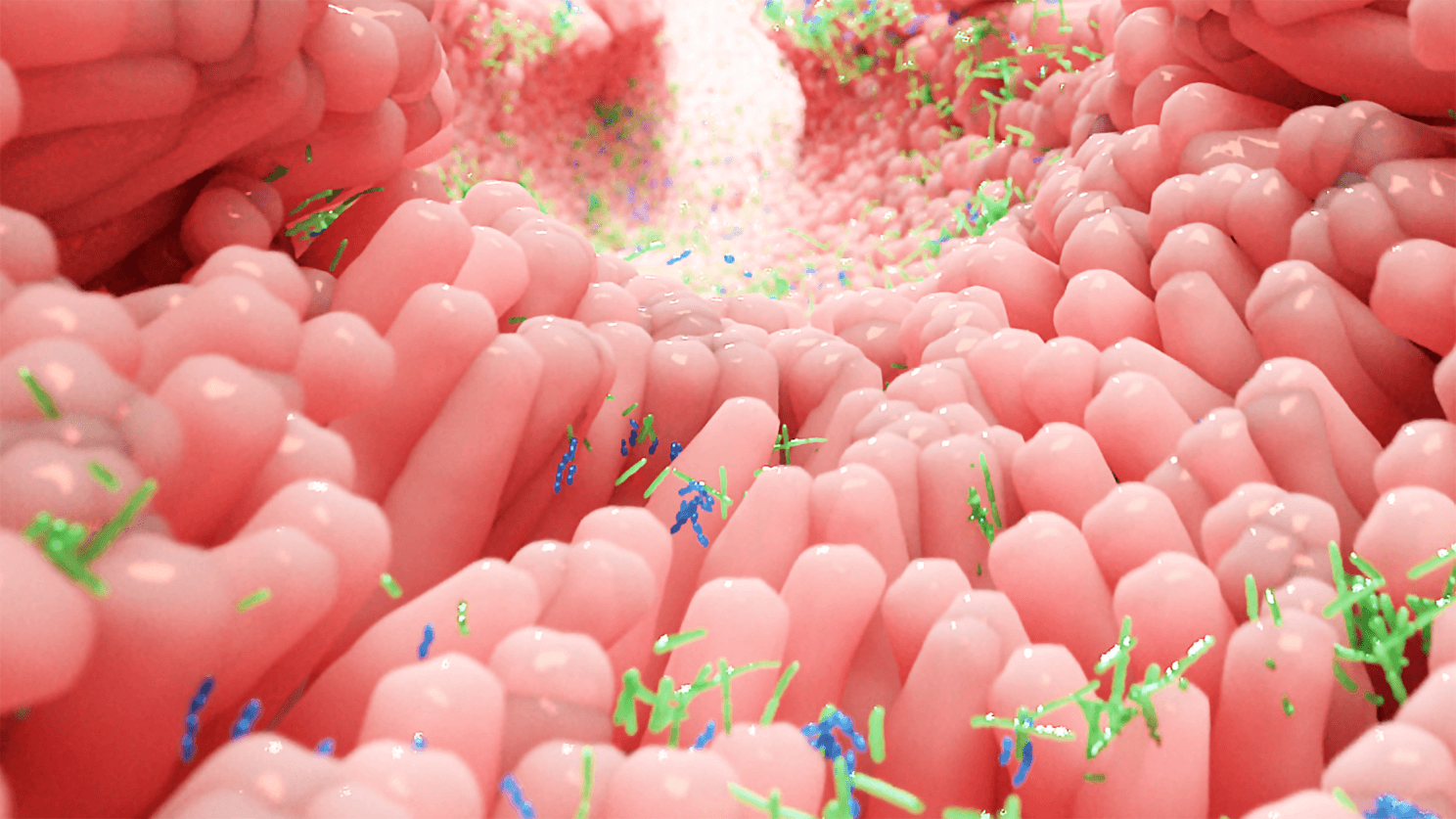Prebiotics – Plant fiber that feeds friendly gut bacteria
Overview
Prebiotics are food for probiotics. They stimulate the production of and properties of probiotics, good bacteria. They make the intestinal pH more acidic, creating an environment that enhances absorption of essential minerals, including calcium, magnesium, iron, and zinc. Prebiotics also suppress the bad bacteria and promote an optimal environment for a healthy digestive system.
Key Benefits
- Supports a healthy digestive and immune system
- Supports healthy bacterial growth in the gut
- Promotes healthy blood glucose and lipid levels
- Supports a healthy immune system
- Supports the central nervous system through the “gut-brain axis”
- Enhances cognition
- Reduces risk of developing skin allergies
- Supports a healthy mood
History of Usage
The prebiotics concept was introduced for the first time in 1995 by Glenn Gibson and Marcel Roberfroid. Prebiotic was described as “a non-digestible food ingredient that beneficially affects the host by selectively stimulating the growth and/or activity of one or a limited number of bacteria in the colon, and thus improves host health.” This definition was almost unchanged for more than 15 years. In 2008, the 6th Meeting of the International Scientific Association of Probiotics and Prebiotics (ISAPP) defined “dietary prebiotics” as “a selectively fermented ingredient that results in specific changes in the composition and/or activity of the gastrointestinal microbiota, thus conferring benefit(s) upon host health.”
Biochemistry
Prebiotics are specialized plant fibers that feed probiotics, the good bacteria in the gut. In turn, the probiotics turn prebiotic fiber into a short-chain fatty acid called butyrate.
They can feed the intestinal microbiota, and their degradation products are short-chain fatty acids that are released into blood circulation, consequently affecting not only the gastrointestinal tracts, but also other distant organs.
Fructo-oligosaccharides and galacto-oligosaccharides are the two important groups of prebiotics. Since low quantities of fructo-oligosaccharides and galacto-oligosaccharides naturally exist in foods, scientists are now producing prebiotics on an industrial scale. Considering the health benefits of prebiotics and their safety, as well as their production and storage advantages compared to probiotics, they seem to be fascinating candidates for promoting health conditions as a replacement or in association with probiotics.
Some of the prebiotics are produced by using lactose, sucrose, and starch as raw material. Since most prebiotics are classified as Galacto-oligosaccharides (GOS) and short and long chain β-fructans (FOS) regarding industrial scale, there are many relevant studies on their production.
Prebiotics are found in such vegetables, fruits, and legumes as chicory root, dandelion greens, onions, garlic, leeks, asparagus, soybeans, chicory root, honey, banana, Jerusalem artichoke, barley, oats, and seaweeds, and microalgae.
Recent Trends
The prebiotics ingredients market is expected to exceed $9,890 Million by 2026, with a CAGR of +11.2%. Prebiotic nutritional supplements are sold as kefir drinks, capsules, and powders.
Prebiotics are often combined with a probiotic blend that may include the prebiotics FOS, XOS, GOS, and many probiotic strains.
Precautions
- Most prebiotics can be consumed safely by healthy adults.
- Side effects may include gas, bloating, and abdominal discomfort while the digestive system adjusts.
- Individuals who have Irritable Bowel Syndrome should consult a healthcare professional before taking a prebiotic supplement.
- Individuals with severe illnesses or a compromised immune system should consult a healthcare professional before taking a prebiotic supplement.
References
- Scholz-Ahrens KE, Ade P, Marten B, Weber P, Timm W, Açil Y, Glüer CC, Schrezenmeir J. Prebiotics, probiotics, and synbiotics affect mineral absorption, bone mineral content, and bone structure. J Nutr. 2007 Mar;137(3 Suppl 2):838S-46S.
- Nielsen T.Baxter, et al. Dynamics of Human Gut Microbiota and Short-Chain Fatty Acids in Response to Dietary Interventions with Three Fermentable Fibers. ASM Journals mBio Vol. 10, No. 1, 29 Jan 2019.
- Davani-Davari D, Negahdaripour M, Karimzadeh I, et al. Prebiotics: Definition, Types, Sources, Mechanisms, and Clinical Applications. Foods. 2019;8(3):92. Published 2019 Mar 9.
- Glenn G., Roberfroid M. Dietary modulation of the human colonic microbiota: Introducing the concept of prebiotics. J. Nutr. 1995;125:1401–1412.
- Gibson G.R., Scott K.P., Rastall R.A., Tuohy K.M., Hotchkiss A., Dubert-Ferrandon A., Gareau M., Murphy E.F., Saulnier D., Loh G., et al. Dietary prebiotics: Current status and new definition. Food Sci. Technol. Bull. Funct. Foods. 2010;7:1–19.
- Varzakas T., Kandylis P., Dimitrellou D., Salamoura C., Zakynthinos G., Proestos C. Preparation and Processing of Religious and Cultural Foods. Elsevier; London, UK: 2018. Innovative and fortified food: Probiotics, prebiotics, gmos, and superfood; pp. 67–129.
- Al-Sheraji S., Ismail A., Manap M., Mustafa S., Yusof R., Hassan F. Prebiotics as functional foods: A review. J. Funct Foods. 2013;5:1542–1553.
- Panesar P.S., Kumari S., Panesar R. Biotechnological approaches for the production of prebiotics and their potential applications. Crit. Rev. Biotechnol. 2013;33:345–364.
- Grüber C., van Stuijvenberg M., Mosca F., Moro G., Chirico G., Braegger C.P., Riedler J., Boehm G., Wahn U., MIPS 1 Working Group Reduced occurrence of early atopic dermatitis because of immunoactive prebiotics among low-atopy-risk infants. J. Allergy Clin. Immunol. 2010;126:791–797.
- Heijtz R.D., Wang S., Anuar F., Qian Y., Björkholm B., Samuelsson A., Hibberd M.L., Forssberg H., Pettersson S. Normal gut microbiota modulates brain development and behavior. Proc. Natl. Acad. Sci. USA. 2011;108:3047–3052.



